Are you a cat owner who's passionate about sustainability?
Do you want to do your part for the environment by composting your cat's litter?
Well, you're in luck! Composting your cat's litter is possible and a great way to reduce waste and help the planet.
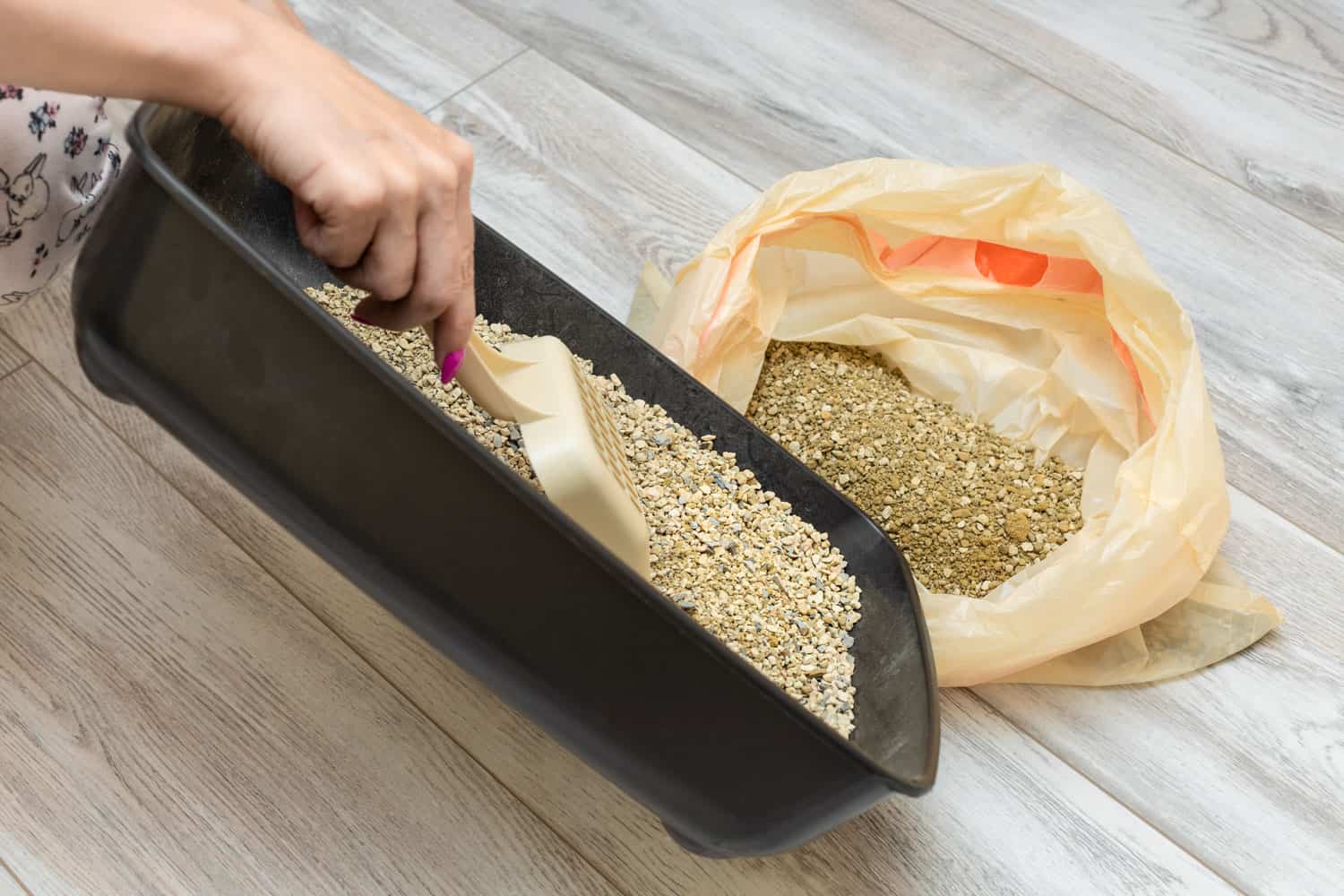
While composting your cat's litter is a great way to reduce waste and help the planet, it's important to note that the process requires more care than throwing everything into your compost bin.
Traditional clay litter is a no-go; several compostable options are available, including paper-based, wood-based, and corn-based litter.
These litters are made from natural materials and can be safely composted if processed correctly.
This article explores the world of composting your cat's litter.
We'll cover the benefits, explore the types of litter you can compost, and guide you on composting safely and effectively.
Get ready to feel good about doing your part for the environment, and let's dive in and learn more about composting your cat's litter!
Understanding Litter Waste
When it comes to composting, understanding the type of waste produced by litter is important.
Litter waste comprises two main components: urine and feces.
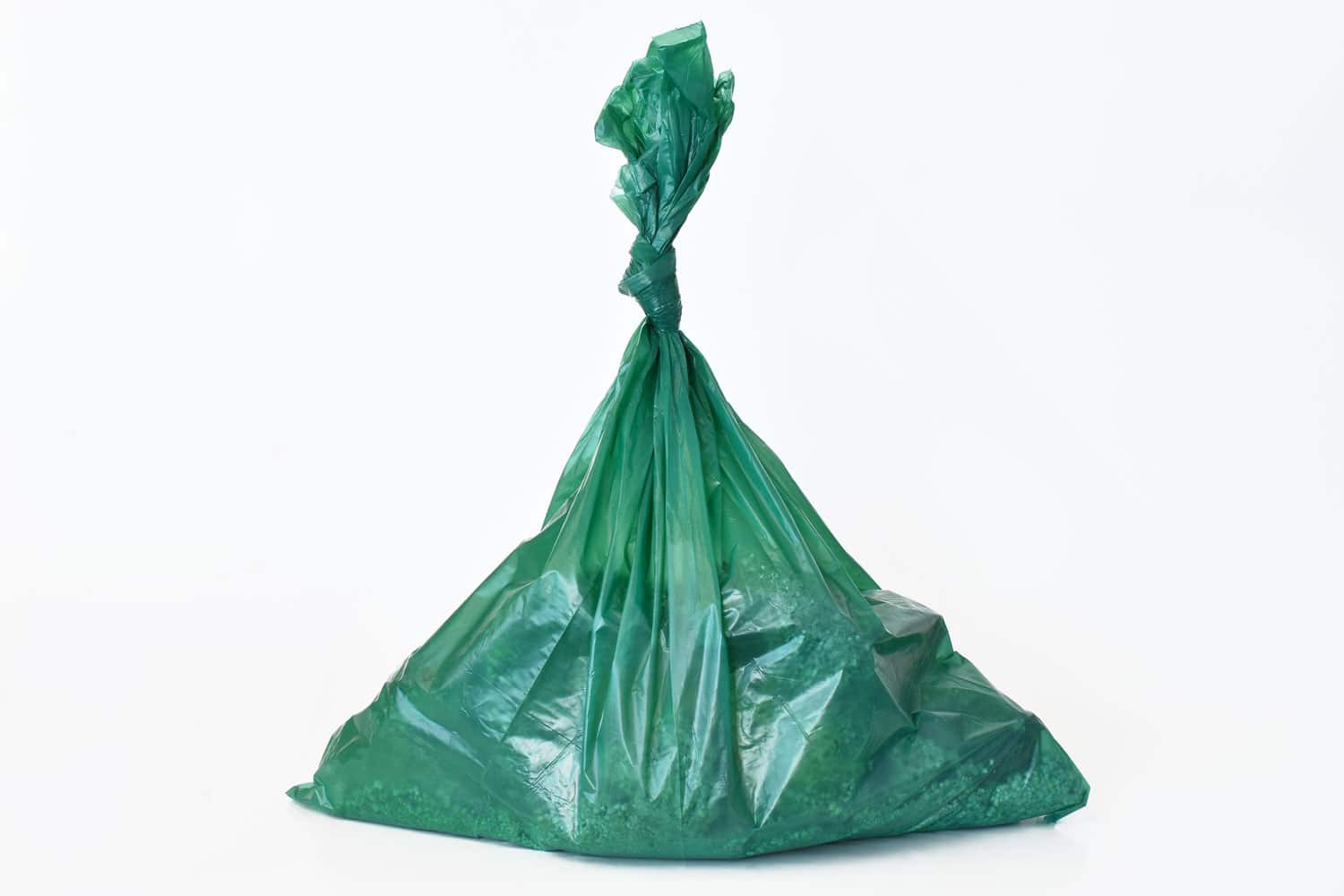
Note that you should not compost litter waste with food waste or other compostable materials intended for human consumption.
This is because cat feces can contain harmful pathogens such as Toxoplasma gondii, which can cause human health problems.
When composting litter waste, it is recommended to use a separate compost bin or pile that is dedicated solely to pet waste.
This will help to prevent cross-contamination and reduce the risk of spreading harmful pathogens.
Overall, composting litter waste can greatly reduce waste and create nutrient-rich soil for plants. Still, it is important to take proper precautions and follow guidelines to ensure the compost is safe for use.
Read more: How Many Litters Should You Let Your Cat Have?
Composting Basics
Composting is the process of breaking down organic materials into a nutrient-rich soil amendment.
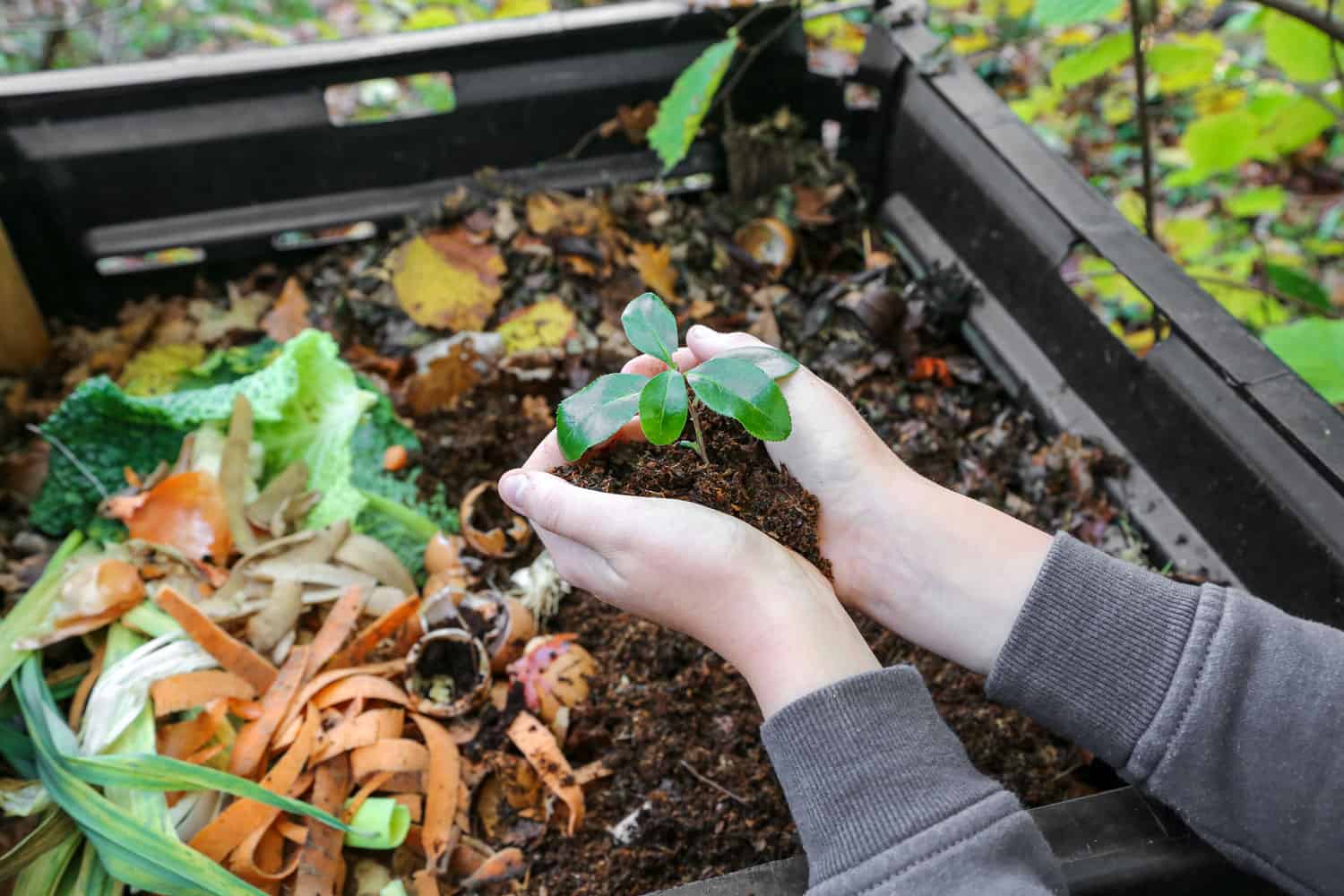
It's a great way to reduce waste and improve the health of your garden.
Here are some basic principles to keep in mind when composting:
Choose the Right Location
Pick a spot that is well-drained and receives plenty of sunlight. Avoid areas that are too shady or wet, which can slow down the composting process.
Start with the Right Ingredients
Compostable materials include food scraps, yard waste, and other organic matter.
Avoid adding meat, dairy, or oily foods, as these can attract pests and slow composting.
Create the Right Mix
A good compost pile should balance "green" and "brown" materials.
Green materials include fresh grass clippings, fruit and vegetable scraps, and coffee grounds. Brown materials include dried leaves, straw, and shredded paper.
Keep it Moist
Compost should be kept moist, but not too wet. If the pile is too dry, it will not break down properly. If it is too wet, it can become smelly and attract pests.
Turn it Regularly
Turning the compost pile helps to aerate it and speed up the breakdown process. Use a pitchfork or shovel to mix the materials together every few weeks.
Step-by-Step Guide to Composting Litter Waste
Step 1: Choose the Right Litter.
Choose a litter that is made from natural, compostable materials such as paper, wood, or corn.
Avoid using clay-based litter, as they are not compostable.
Step 2: Separate the Waste.
Separate the litter from the waste, and dispose of the waste in the trash.
Step 3: Add the Litter to Your Compost Pile.
Add the litter to your compost pile, mixing it with other organic materials such as food scraps, yard waste, and shredded paper.
Make sure to balance "green" and "brown" materials.
Step 4: Turn the Compost Pile.
Turn the compost pile every few weeks using a pitchfork or shovel to aerate it and speed up the breakdown process.
Step 5: Monitor the Moisture.
Monitor the compost pile's moisture level, ensuring it stays moist but not too wet.
If it's too dry, add water. If it's too wet, add more dry materials.
Step 6: Wait for the Compost to Mature.
The process can take several months to a year, depending on the materials used and the compost pile conditions.
Step 7: Use the Compost
Once the compost has matured, it can be used in your garden to improve soil quality and provide plant nutrients.
Usage
Finally, this compost can be used as a natural fertilizer for plants.
Spread the compost around the plants in the garden to improve soil quality and plant growth.
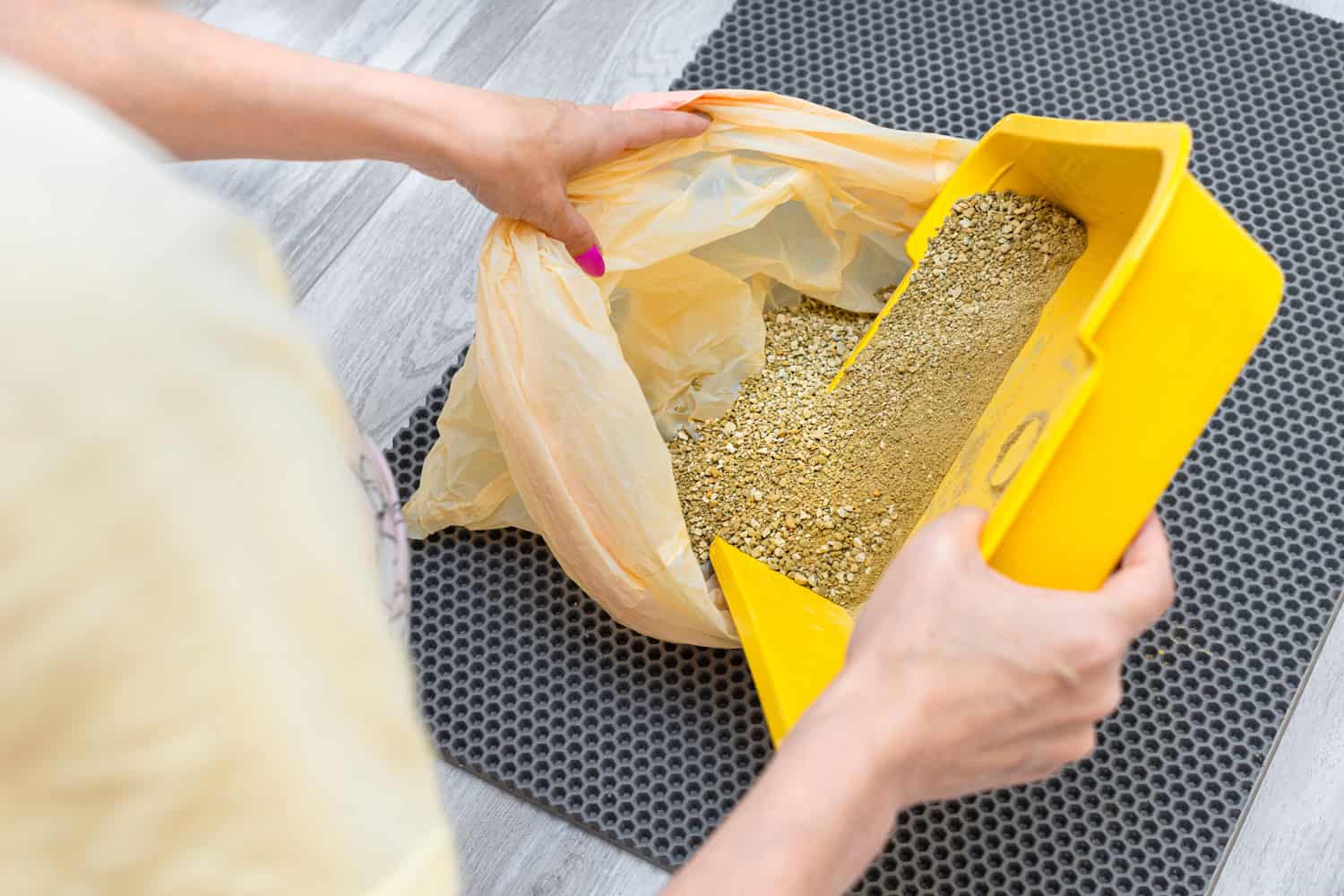
Composting litter waste is an eco-friendly way to dispose of cat litter waste.
However, it is important to note that not all litter types are suitable for composting.
Avoid using litter made of clay, silica, or any other non-biodegradable material.
By following the above steps, one can turn cat litter waste into a useful resource for the garden.
Alternative Solutions
While composting litter is sustainable, it may not be the best solution for everyone.
Here are some alternative solutions to consider:
Biodegradable Cat Litter
One alternative to traditional clay litter is biodegradable cat litter.
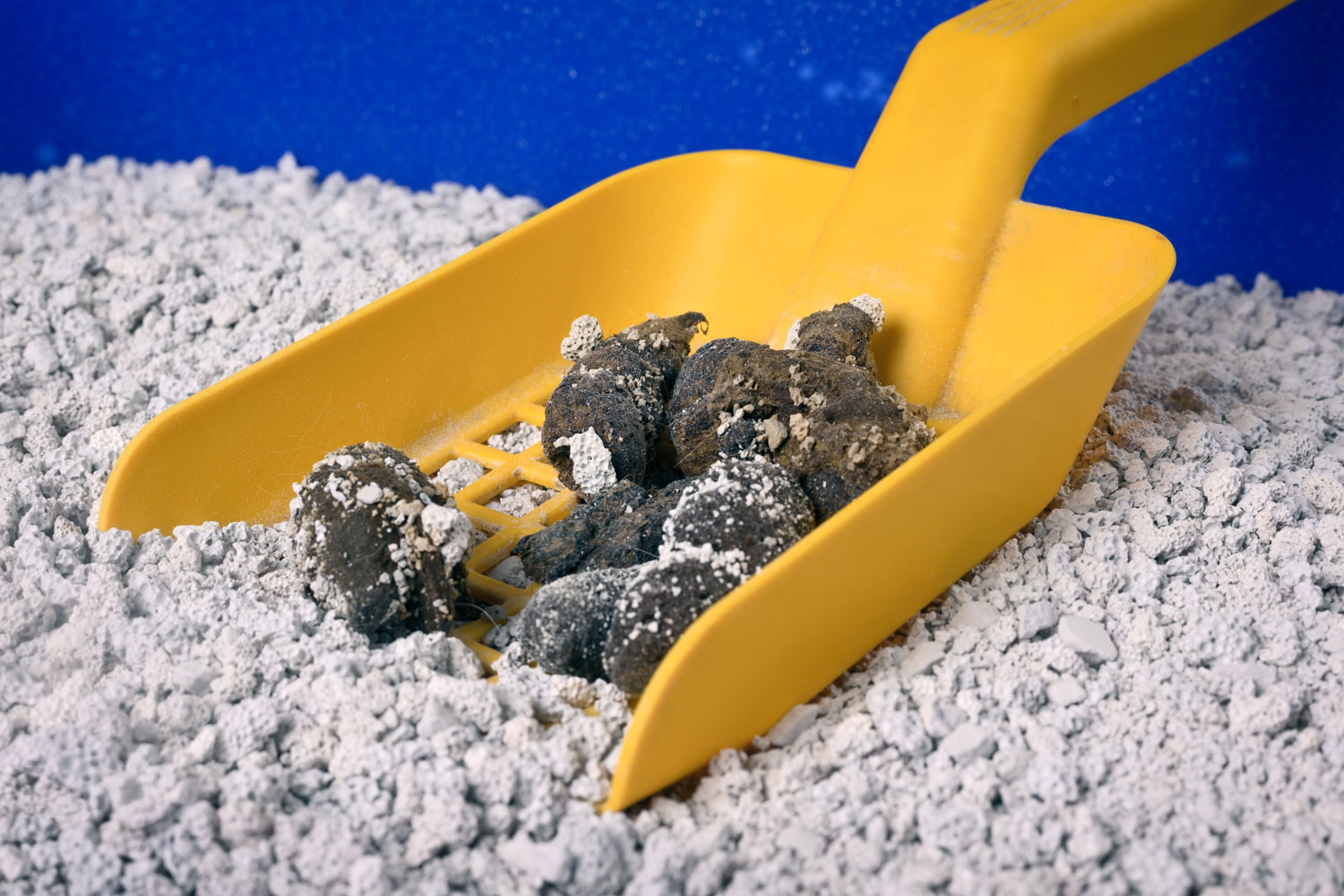
Made from materials like recycled paper, wood chips, or corn, these litters are designed to break down naturally and are often compostable.
Some popular brands include World's Best Cat Litter, ökocat, and Yesterday's News.
Flushable Cat Litter
Another option is flushable cat litter, which can be safely flushed down the toilet and processed through wastewater treatment plants.
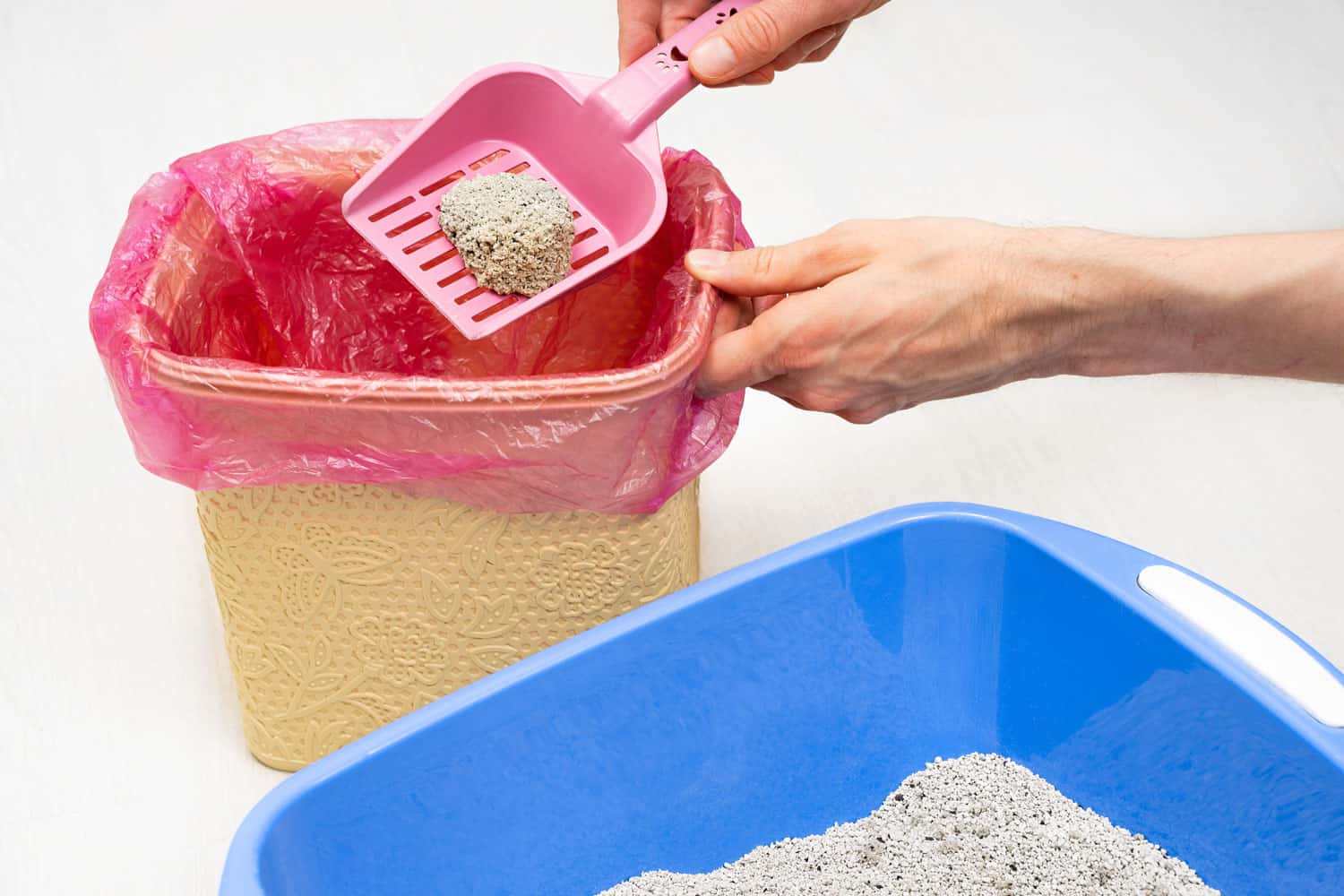
However, it's important to note that not all flushable litter are created equal, and some may contain harmful chemicals or materials that can clog pipes.
Look for products labeled as "septic-safe" or "biodegradable" to ensure they are safe for flushing.
Litter Box Liners
Litter box liners are plastic bags that fit inside the litter box and can be easily removed and disposed of.
While they generate some waste, they can be a convenient option for those who don't want to deal with cleaning out a litter box.
Look for biodegradable or compostable options to reduce environmental impact.
DIY Cat Litter
For the truly eco-conscious, making your own cat litter can be a fun and rewarding project.
Common materials include shredded newspaper, sawdust, or even dried leaves.
While finding the right formula may take some trial and error, DIY litter can be a cost-effective and sustainable solution.
Overall, many alternative solutions to traditional clay litter can reduce waste and be better for the environment.
Consider trying out a few different options to find the one that works best for you and your furry friend.
Read more: Hidden Litter Box That Your Cats Will Love: Purrfect DIY Hack
Finally
Composting your cat's litter is an easy and rewarding way to reduce waste and contribute positively to the environment.
By following our guide and being mindful of safety measures, you'll be well on your way to making a meaningful impact on the planet.
Some elements on this page may have been created by our team using advanced AI to provide you with top-notch cat inspired ideas. Read more about our AI Content Policy.
